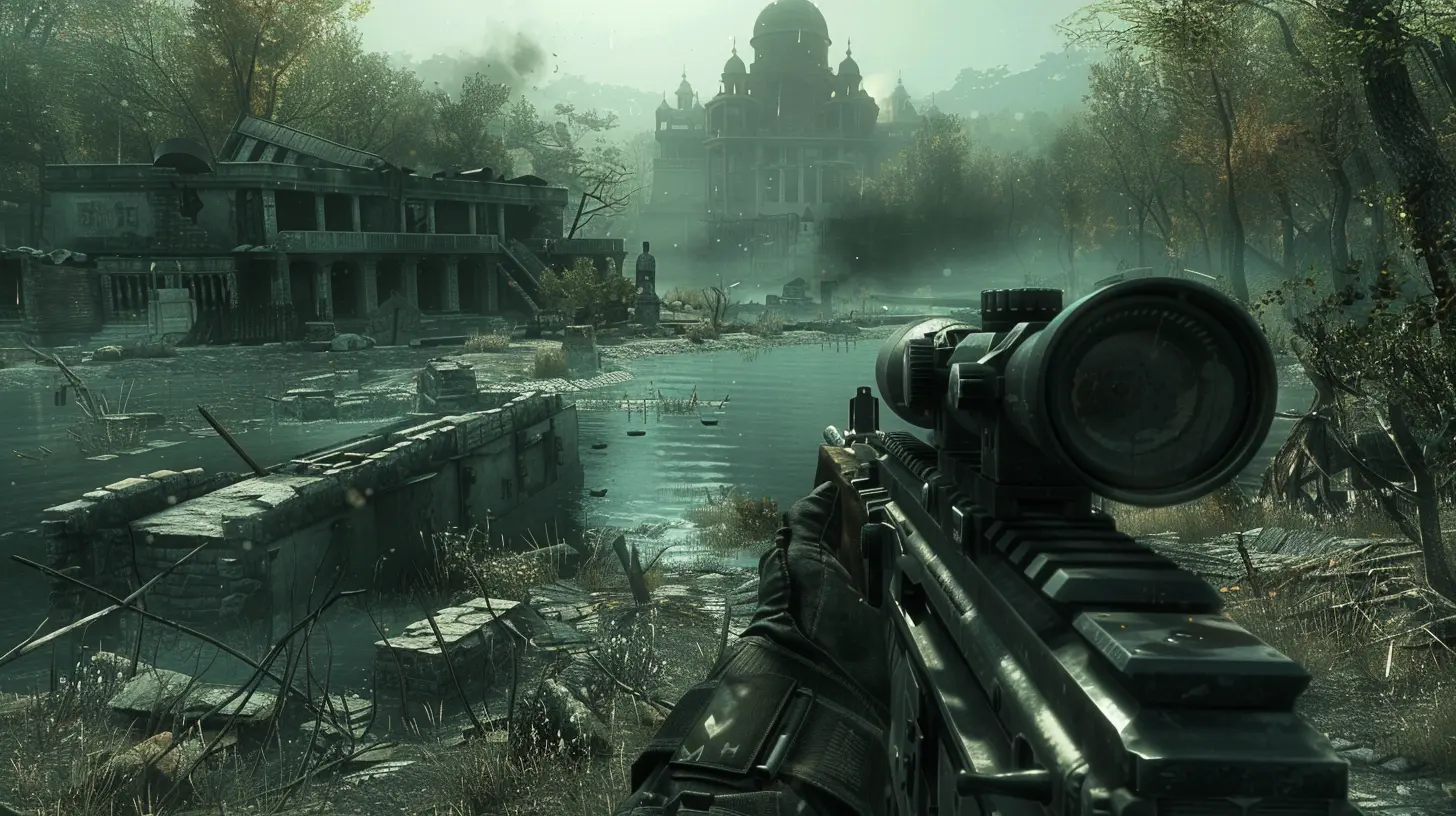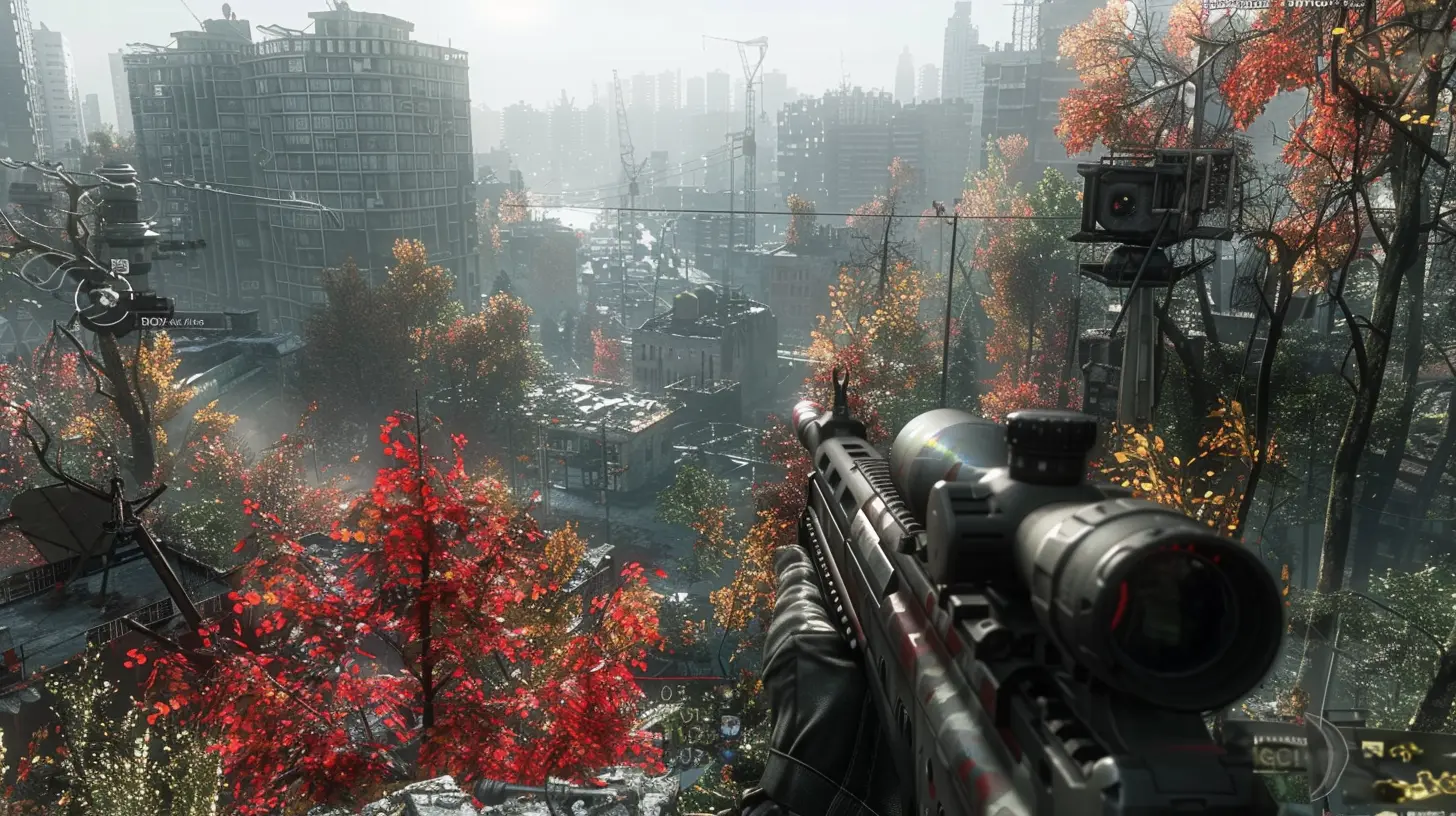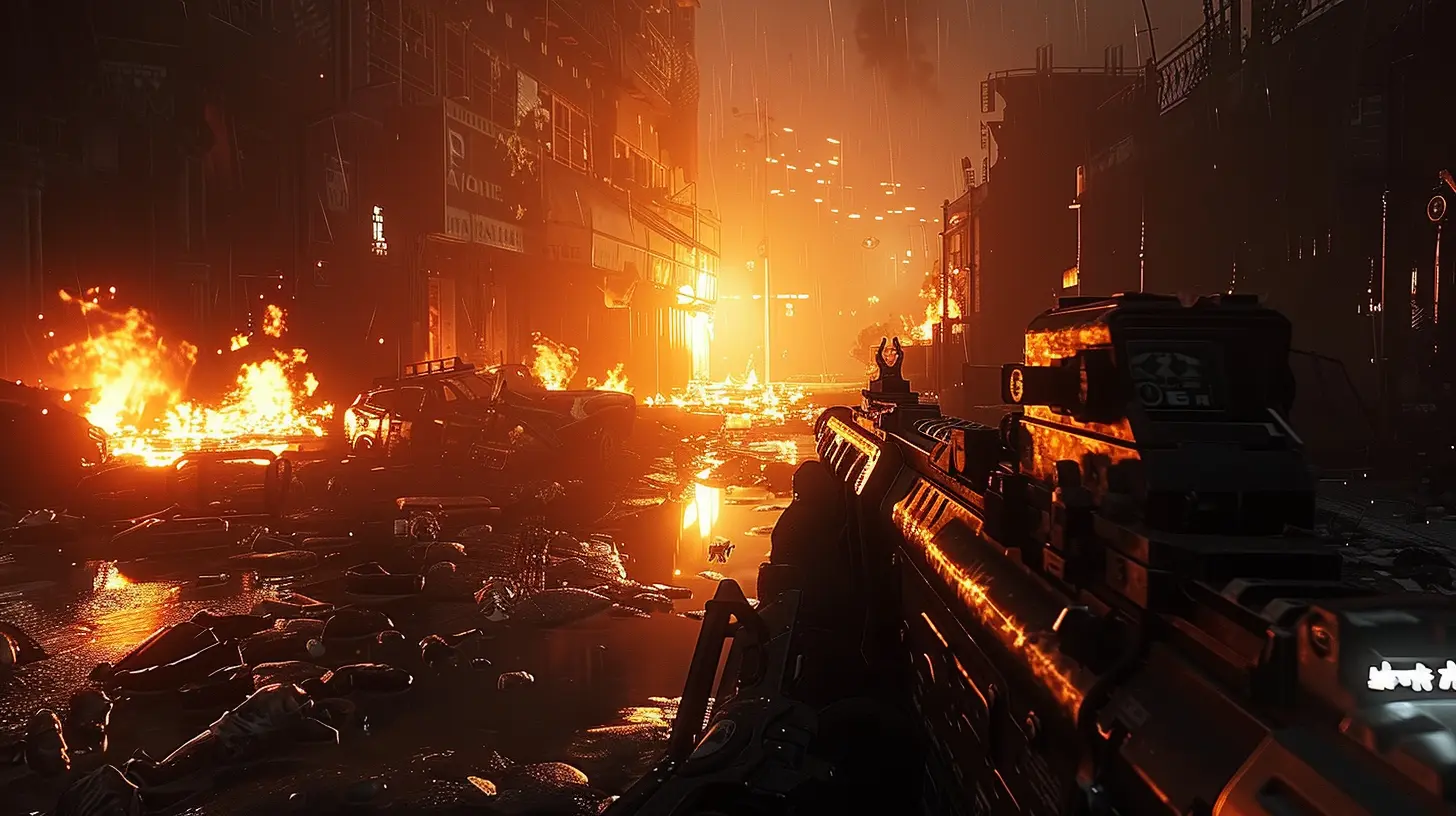Why FOV Control is Crucial for Mastering Third-Person Shooters
12 October 2025
If you’ve spent countless hours diving, dodging, and aiming your way through third-person shooter (TPS) games, you’ve probably come across the term "FOV" at some point. But why does this mysterious little acronym matter so much? What even is FOV? Don’t worry—I’m here to break it all down for you, and by the end of this article, you’ll see why mastering FOV control could be your secret weapon to dominating your favorite TPS games.
So, grab your favorite gaming chair, put on those gamer glasses, and let’s dive headfirst into this thrilling world of FOV settings like we’re sprinting into the final circle of Apex Legends.
What is FOV Anyway? (And Why Should You Care?)
Let’s start with the basics: FOV stands for Field of View, which is essentially the amount of the game world you can see on your screen at any given time. Think of it as your in-game peripheral vision. A wider FOV gives you a panoramic view, letting you see more of what’s happening around you. A narrower FOV zooms you in, focusing on what’s in front of you but leaving your sides in the dark.Imagine you’re wearing horse blinders (yep, like the ones horses wear in parades). That’s kind of what happens when your FOV is set too low. On the flip side, crank your FOV up too high, and it’s like standing in a fishbowl—everything looks warped and farther away than it actually is. Neither of these scenarios is ideal, right?
Why FOV Is a Game-Changer in Third-Person Shooters
Now that you know what FOV is, let’s talk about why it’s such a big deal in third-person shooters. Spoiler alert: It’s not just a fancy setting tucked away in your game’s options menu. It’s a tactical advantage.1. Boosts Situational Awareness
In TPS games, you’re juggling a lot—watching your surroundings, keeping an eye on enemy movements, and maybe even a teammate who’s recklessly rushing toward danger (we all know that guy). With a wider FOV, you can see more of the battlefield without constantly twirling your camera around like you're auditioning for a ballet.Picture this: You’re pinned down in a firefight, and an enemy is trying to flank you. With a low FOV, they might sneak up faster than your reflexes can save you. A wider FOV? Boom! You spot them coming a mile away, and they’re the ones caught off guard. Tactical win for you.
2. Improves Target Tracking
Ever feel like keeping track of enemies is harder than herding cats? Adjusting your FOV can help with that. A balanced FOV lets you aim and track targets smoothly without feeling like you’re fighting the camera. It’s perfect for nailing that critical headshot or timing your abilities just right.This is especially handy in games like Gears of War or The Division, where positioning and awareness can mean the difference between a clutch victory and an instant respawn.
3. Enhances Player Comfort
If you’ve ever felt queasy or disoriented during long gaming sessions, your FOV might be the culprit. A narrow FOV can trigger motion sickness, making it hard to enjoy the game (or even keep playing). Adjusting to a more comfortable FOV can be a literal game-changer. No more excuses for leaving that raid early!4. Customizes Playstyle
Are you a stealthy assassin or a run-and-gun chaos machine? Your FOV setting can complement your playstyle. A wider FOV lets you keep tabs on everything happening around you—great for tactical players who like to plan every move. On the other hand, a narrower FOV focuses your view, helping you hone in on enemies for precise shots. Find what works for your strategy and roll with it.
The Sweet Spot: Finding the Perfect FOV
Ah, the million-dollar question: What’s the "perfect" FOV setting? While there’s no one-size-fits-all answer (sorry!), a good starting point is somewhere between 90 and 110 degrees for most games. This range usually strikes a nice balance between situational awareness and keeping your targets easy to see.Of course, personal preference plays a huge role here. What works for one gamer might not work for another. So, be sure to experiment with your settings. Think of it like trying on new shoes—find the fit that feels just right.
Common FOV Mistakes (And How to Avoid Them)
Even seasoned gamers can mess this up. Here are a few pitfalls to watch out for:1. Going Too Wide
It’s tempting to crank your FOV up to the max ("I wanna see everything!"), but too wide a view can distort objects and make it harder to judge distances. This can turn aiming into a frustrating guessing game. Use moderation—like salt on French fries. A little goes a long way.2. Ignoring Screen Size
Your monitor matters. A wider FOV works great for larger screens but might feel overwhelming on a smaller one. Playing on a 24-inch display? Keep your settings conservative. Rocking a massive ultrawide? Go wild (within reason).3. Forgetting About Performance
Higher FOV settings can tax your system, especially if you’re on older hardware. If your frame rate starts to tank, you might need to dial it back. After all, smooth gameplay beats fancy visuals any day.How Developers Use FOV to Shape Your Experience
Believe it or not, game developers put a ton of thought into FOV settings. They tweak it to control how you experience the game—from creating epic, cinematic moments to amplifying the intensity of a fight. For example:- Cinematic Games: In story-driven games like The Last of Us Part II, developers often use a narrower FOV during tense scenes. Why? It forces you to focus on the characters and their emotions.
- Fast-Paced Shooters: Games like Fortnite and Warframe often allow for wider FOVs, giving you a tactical advantage in their sprawling, chaotic environments.
This balance between art and gameplay design is what makes FOV such a fascinating (and important!) part of gaming.
Quick Tips for FOV Mastery
Ready to level up your FOV skills? Here are some quick tips to get you started:- Experiment Often: Different games have different FOV sweet spots. Play around with the settings until you find what feels natural.
- Test in Combat: Don’t just adjust your FOV in the options menu—test it during actual gameplay. That’s the best way to see how it affects your performance.
- Adjust for Comfort: If you’re feeling motion sickness or eye strain, dial back your FOV settings gradually until it feels better.
- Don’t Ignore Your Hardware: If your rig isn’t keeping up with a wide FOV, remember—better performance > wider view.
Conclusion
FOV control isn’t just a technical setting; it’s a game-changer that can dramatically influence how you play and experience third-person shooters. From spotting sneaky enemies to customizing your playstyle, mastering your FOV can give you the edge you’ve been looking for. Think of it as tuning a musical instrument—it takes a little trial and error, but once you’ve nailed it, everything just clicks.So, whether you’re a casual gamer or a competitive sharpshooter, don’t sleep on your FOV settings. Tinker, test, and tailor them to your liking—and watch your gameplay transform.
all images in this post were generated using AI tools
Category:
Third Person ShooterAuthor:

Kaitlyn Pace
Discussion
rate this article
1 comments
Bridget Sharpe
FOV control isn't just a feature; it's a game-changer. Mastering your perspective significantly enhances awareness and accuracy in third-person shooters. Players who understand this vital mechanic can dominate the competition, making it an essential skill for anyone serious about improving their game.
October 18, 2025 at 4:47 AM

Kaitlyn Pace
Absolutely! FOV control is fundamental in third-person shooters, as it directly influences situational awareness and precision, giving players a significant edge in competitive play.


